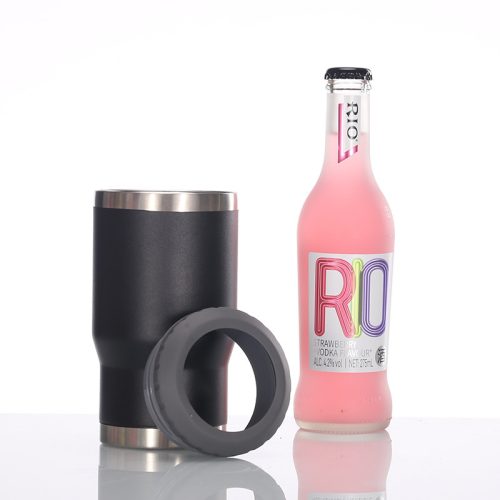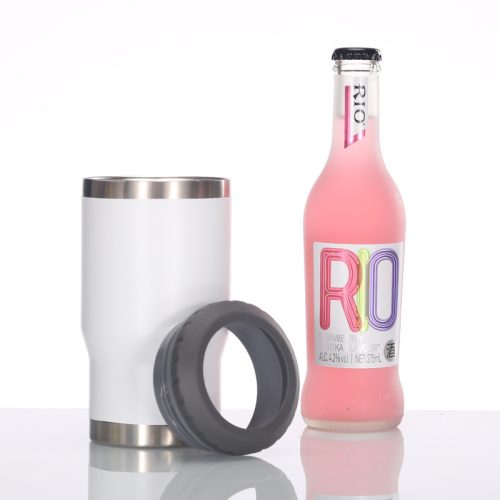Enamelware was first developed in Germany in the 19th century as a way to create a durable, non-corrosive, and non-reactive cooking surface. Enamelware was created by fusing powdered glass onto a metal urface and then firing it at a high temperature to create a smooth and durable coating.
Enamel mugs were first used in the early 1900s as a way to serve drinks in a durable and non-breakable vessel. Enamel mugs were particularly popular in camping and outdoor settings due to their durability and resistance to heat and cold.
During World War II, enamel mugs became a staple item for soldiers, as they were lightweight, durable, and could withstand harsh conditions. After the war, enamel mugs became popular with the general public and were used in households across the world.
Enamel mugs have since evolved in design and style, with a variety of colors and patterns to choose from. Many companies now produce enamel mugs with unique designs and prints, making them a popular item for home décor and gift-giving.
In recent years, enamel mugs have also become a popular choice for eco-conscious consumers, as they are a sustainable and reusable alternative to disposable cups.
In conclusion, enamel mugs have a rich history dating back to the 19th century and have evolved in design and style over the years. They were first used as a durable and non-breakable vessel for serving drinks, particularly in outdoor settings, and have since become a popular item for home décor and gift-giving. Enamel mugs are now also a popular choice for eco-conscious consumers, as they are a sustainable and reusable alternative to disposable cups.


